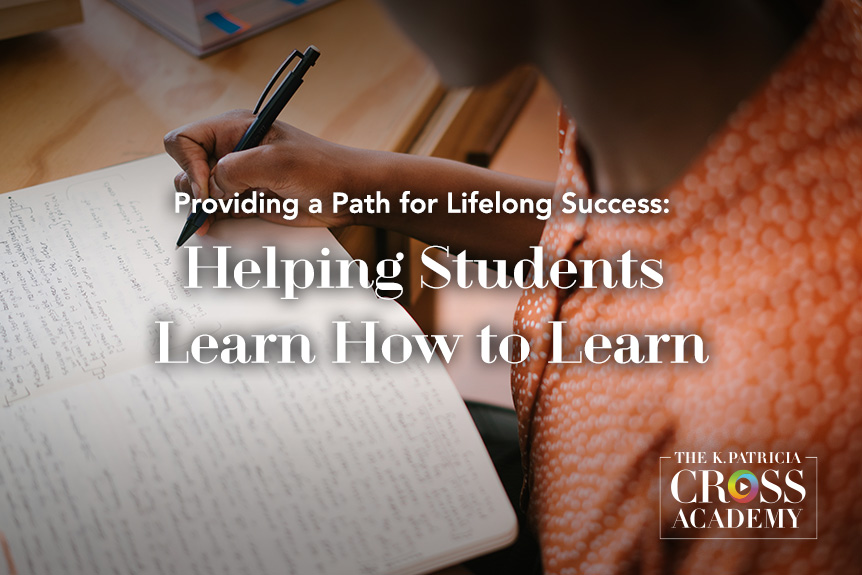
“In learning you will teach, and in teaching you will learn.” ~Phil Collins
Before each semester, we sit down to write a syllabus for the coming course, most often without having met the people who will fill our rosters. Most of us have to (or want to) include learning objectives in this syllabus, a task that can be simultaneously inspiring and overwhelming. What is a good way to start the process?
We suggest that one way to think through what you really want students to know as a result of having participated in your course is to think through your learning goals. We have developed a Learning Goals Inventory (LGI) to help faculty with just this task. Our LGI tasks you through a series of prompts and asks you to rate them. Your score can provide you with insight into what kinds of learning you value most. This in turn can allow you to phrase your goals into measurable objectives. You can access the LGI online here: https://www.collegeteachingtechniques.net/learning-assessment-techniques/lgi-survey/
or in print form here: https://www.collegeteachingtechniques.net/wp-content/uploads/2018/01/LAT_Learning_Goals_Inventory.pdf
Once you complete the LGI, you may find it helpful to visit the Arizona State University’s online objectives-builder at the following site: http://teachonline.asu.edu/objectives-builder/
We hope that you find these resources helpful. As always, if you know of an interesting resource that we should feature, please drop us a line at info@kpcrossacademy.org; we will of course credit you for the information you share.
Suggested Citation
Barkley, E. F., & Major, C. H. (n.d.). How do you know what you want them to know?. CrossCurrents. https://kpcrossacademy.org/how-do-you-know-what-you-want-them-to-know/

Engaged Teaching
A Handbook for College Faculty
Available now, Engaged Teaching: A Handbook for College Faculty provides college faculty with a dynamic model of what it means to be an engaged teacher and offers practical strategies and techniques for putting the model into practice.





